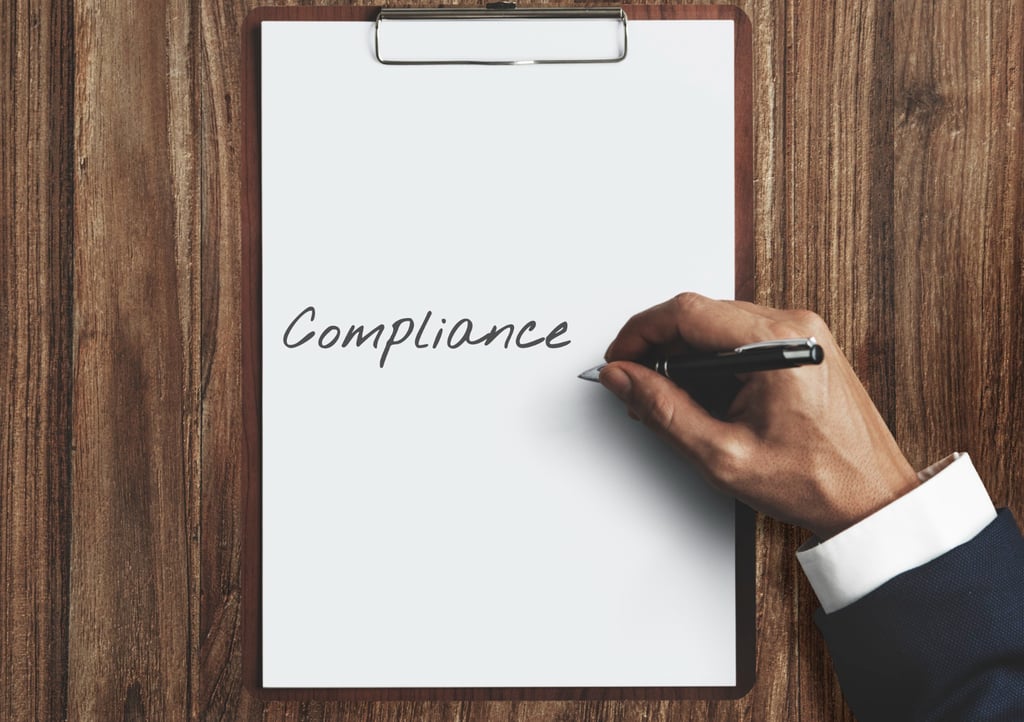How Supplier Compliance Can Positively Impact Risk & Performance in Procurement


Keeping your suppliers compliant with regulations and policies can be a major challenge for any company. But did you know that there is an even greater benefit beyond simply meeting regulatory requirements? In this article, we’ll explain how supplier compliance can actually have a positive impact on both risk and supplier performance in procurement. Find out what you need to consider when evaluating your procurement processes and the key steps your organization should take to ensure successful supplier compliance.
Introduction to Supplier Compliance
Supplier compliance is critical to ensuring that procurement risks are mitigated and performance goals are met. By establishing and maintaining supplier compliance programs, organizations can protect themselves from potential liabilities, improve communication with suppliers, and optimize their procurement processes. Here we introduce the basics of supplier compliance and explore how it can positively impact risk and performance in procurement.
Benefits of Supplier Compliance for Risk & Performance
When it comes to procurement, supplier compliance is essential for ensuring quality standards and maintaining positive relationships. Achieving supplier compliance can have numerous benefits for risk and performance management within a company.
In terms of risk management, complying with supplier requirements can help to identify and mitigate potential risks associated with the procurement process. This includes reducing the likelihood of delays or disruptions in supply, as well as minimizing the potential for defective products or services. In addition, compliance with supplier terms can help to protect against financial losses in the event of contractual disputes.
In terms of performance management, meeting supplier standards can improve the overall quality of products or services procured by a company. This, in turn, can lead to increased customer satisfaction and loyalty, as well as higher profits. Additionally, compliant suppliers are typically more reliable and easier to work with than those who do not meet compliance requirements. As such, achieving and maintaining supplier compliance can ultimately make the procurement process simpler and more efficient.
Challenges of Supplier Compliance
One of the key challenges in supplier compliance is maintaining accurate and up-to-date records. This can be a challenge for Procurement teams, as suppliers are constantly changing their products, processes and practices. Inaccurate records can lead to delays in payments, orders being placed with the wrong suppliers, and incorrect invoicing.
Another challenge is ensuring that all suppliers comply with the required standards and regulations. This can be a complex and time-consuming process, as there are many different standards and regulations that apply to different industries. procurement teams need to have a good understanding of all the relevant standards and regulations, and how they apply to their specific industry.
Finally, another challenge is enforcing supplier compliance. This can be difficult as it requires close cooperation between Procurement and other departments within the company, such as Legal, Compliance, and IT. It is also important to have clear policies and procedures in place to ensure that all employees understand their roles and responsibilities when it comes to supplier compliance.
How to Implement Supplier Compliance
When it comes to supplier compliance, there are a few key things that organizations should keep in mind. First and foremost, supplier compliance should be seen as an important part of the overall risk management strategy. Second, procurement departments should work closely with other departments within the organization to ensure that supplier compliance is being properly enforced. Finally, regular audits of suppliers should be conducted to ensure that they are complying with all applicable laws and regulations.
Best Practices for Supplier Compliance
In order to ensure supplier compliance with your organization’s procurement policies and procedures, it is important to establish best practices for supplier communication and management. Below are some tips for best practices in supplier compliance:
1. Communicate expectations early and often: Be sure to communicate your organization’s procurement policies and procedures to suppliers at the onset of your business relationship. This will ensure that suppliers are aware of your expectations from the beginning. Furthermore, continue to communicate these expectations on an ongoing basis to ensure that suppliers remain compliant.
2. Set up a Supplier Management System: A Supplier Management System (SMS) can help you effectively manage supplier information and performance data. This system can also automate many of the tasks associated with supplier communication and management, such as creating and sending out performance reviews or issuing purchase orders.
3. Conduct regular audits: Regular audits of your suppliers’ operations will help you ensure that they are complying with your organization’s policies and procedures. These audits can be conducted on-site or remotely, depending on your preference.
4. Encourage open communication: Make sure that there are channels for open communication between you and your suppliers. This way, if there are any issues with compliance, they can be quickly addressed. Additionally, open communication will help build strong relationships with suppliers.
The Role of Technology in Enhancing Risk and Performance with Supplier Compliance
Technology has enhanced and will continue to enhance the role of supplier compliance in procurement. By automating and integrating key processes, technology can help organizations manage supplier risk and improve performance. There are a number of ways in which technology can support supplier compliance, including:
* Enabling the capture of data at all stages of the procurement process
* Supporting the sharing of data between organizations
* Allowing for real-time monitoring of supplier performance
* Providing analytics to identify trends and risks
* Automating key processes, such as contract management
Technology can play a vital role in supporting supplier compliance and improving procurement outcomes. By automating key processes and enabling the capture and sharing of data, technology can help organizations manage supplier risk, improve performance, and drive better results.
Conclusion
The key takeaway from this article is that supplier compliance can have a positive impact on the performance and risk of your procurement operations. As buyers, it is important to ensure that suppliers meet all applicable standards and regulations so you can be sure you are getting quality products at competitive prices. In addition, setting up strict supplier guidelines can help minimize the risks for any contractual disputes in the future. Utilizing these strategies should help create a more efficient procurement system with improved outcomes for both buyers and sellers alike.

